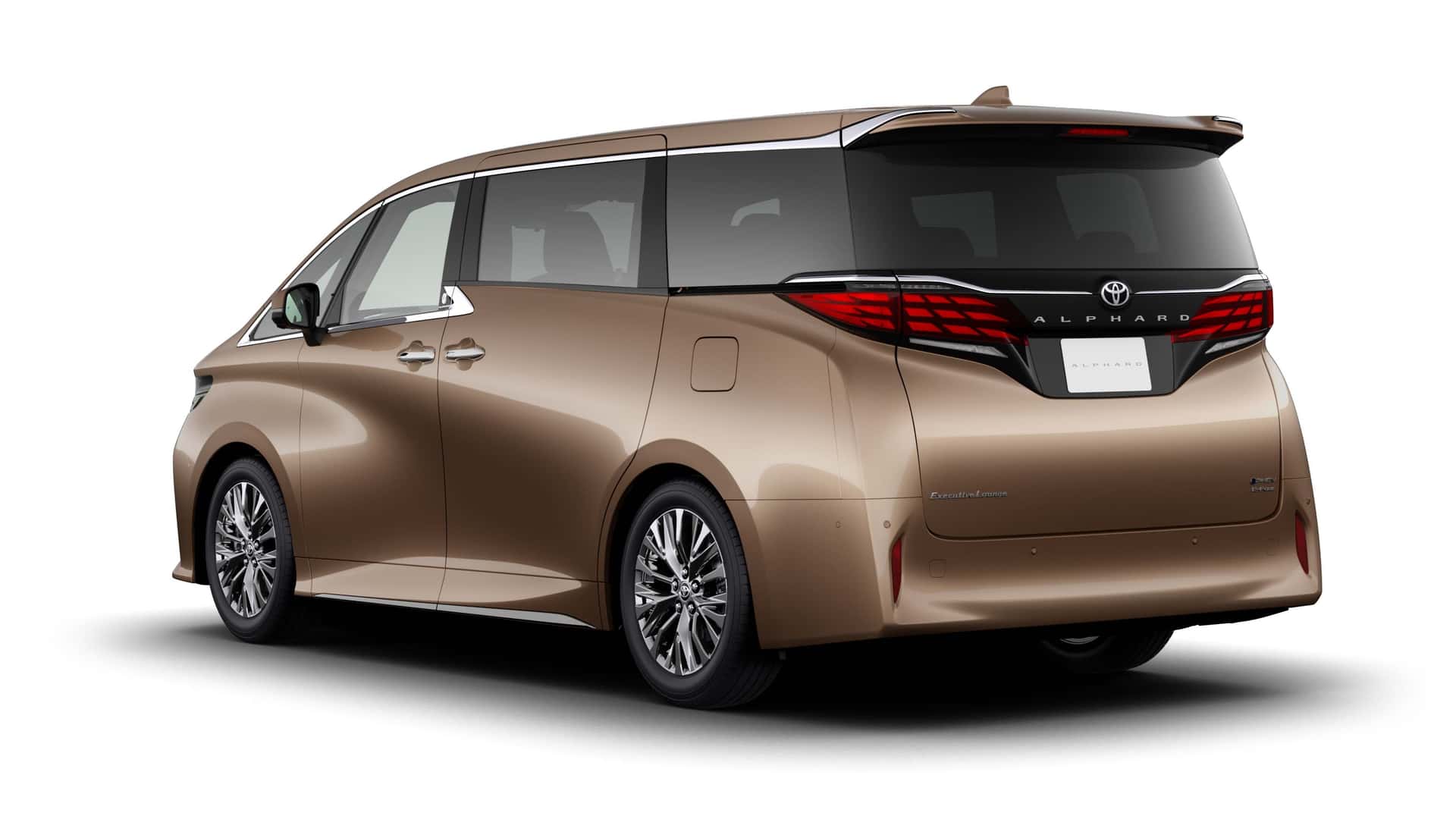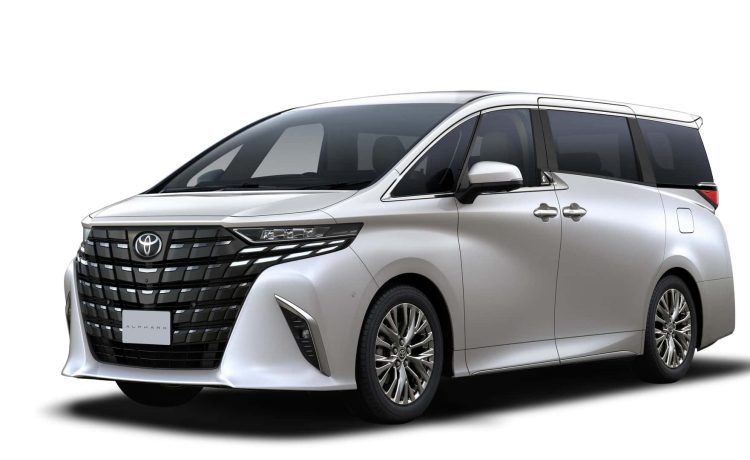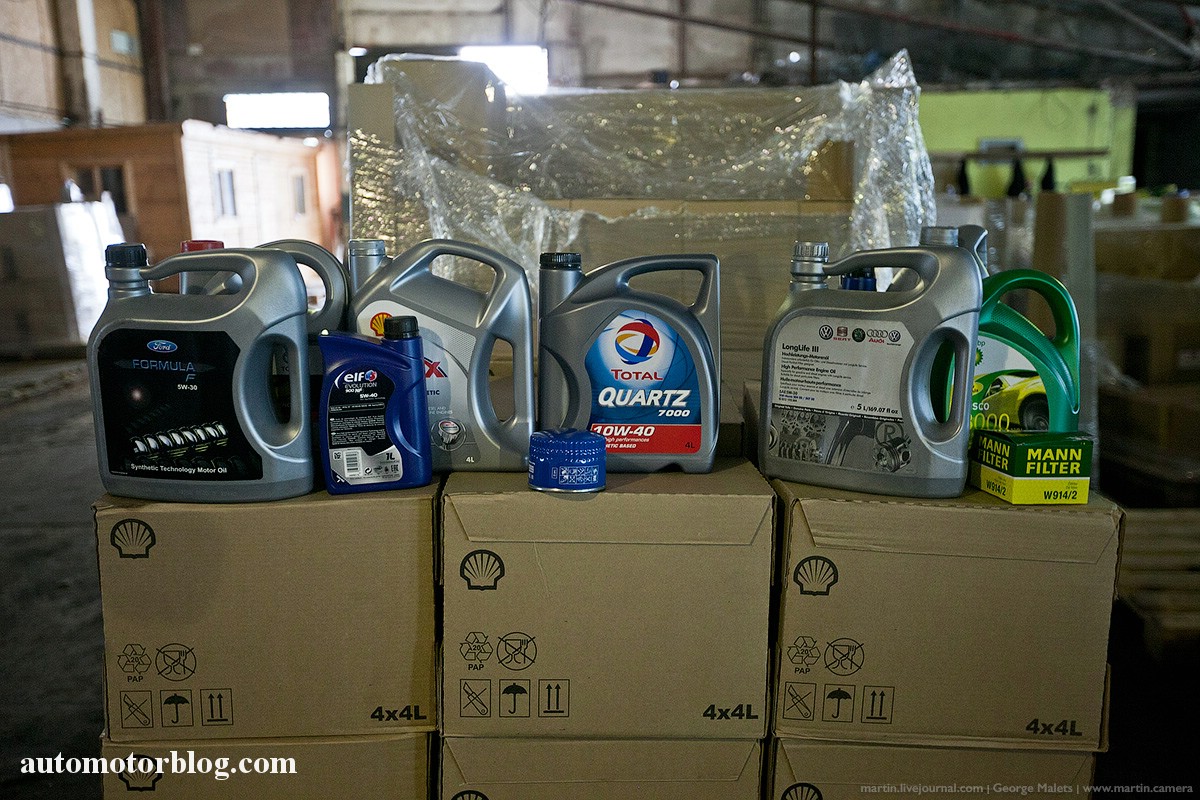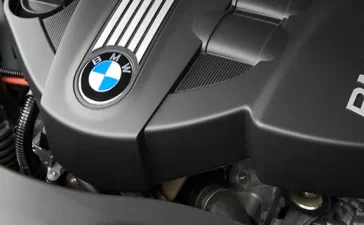Ever since the release of the Prius model back in the nineties, Toyota has been at the forefront of hybrid cars manufacture. But now the Japanese automaker is paving new ground again with the first plug-in hybrid minivan in Japan. Out of the available newly electrified cars there are two not excluding the Alphard and the slightly more elegant Vellfire. These two people haulers have now been completely overhauled and the new plug-in hybrid model simply makes these minivans greener as well as more elegant.
With this context, what has been considered is the introduction of plug-in hybrid technology.
Table of Contents
Performance & Electric Range
For those who may not be familiar, a plug-in hybrid vehicle (PHEV) combines the best of both worlds: a gasoline engine and an electric motor. The electric motor is recharged through a charging jack and drivers stand to gain from full electric mode of operation for a distance of between 30-50 miles. When the battery is exhausted, the car automatically goes into the hybrid mode; the internal combustion engine provides the needed power and charges the battery for electricity at the same time.
The 2.5-liter naturally aspirated gasoline engine and electric motors in the Alphard PHEV and Vellfire PHEV work together to produce 302 horsepower. The minivans have two electric motors: one at the front axle and one at the back because they are equipped with the company’s E-Four system.
Plug-in hybrid vehicles are less eco-friendly compared to all electric cars, however, they provide additional practicality and usability, particularly for family individuals and professional drivers. Toyota, as a market leader in hybrid technology, has produced these plug-in minivans only in a six-seater version, which is ideal for families or businesses that require to transport several people on a regular basis.
Alphard and Vellfire: A Family of Minivans

The Alphard and Vellfire minivans have been famous in the Japanese market for years due to their luxurious and comfortable features for families. As their fourth and third generations have been recently updated to the current model, these models are even more modern and are equipped with numerous features. With the introduction of the plug-in hybrid powertrain, the models simply become even more attractive to those who value both efficiency and sustainability without sacrificing the sort of qualities that they’ve gotten used to.
A Subtle Touch of Technology

Of course, a significant problem when converting vehicles to electricity is the problem of weight and the car’s capabilities. Toyota deals with this by incorporating a lithium-ion battery under the floor, thus bringing the center of gravity down by about 35mm than their normal hybrids. This minor shift carried out by management retained a smooth and comfortable ride and the PHEV models are ideal for family Sunday outings or daily usage.
A Power Bank on Wheels

As the world turns into a global village, the ability to access electricity at any given time cannot be underestimated, a fact seized by Toyota in the production of the Alphard and Vellfire PHEVs. Due to both power supply directions, such minivans really can act as power supplies, charging other devices when needed. This feature comes in handy in cases of emergency or when working in an off-grid location thereby making these plug-in hybrids a practical vehicle for different uses.
Eco-friendly luxury minivan at what cost?

What perhaps makes it even more special is the fact that these cars have a ‘price point’ despite some of the features and capabilities that are characteristic of the Alphard and Vellfire PHEVs. Currently, the Alphard is offered for about $68,000, while the Vellfire goes for over $69,000 at the current exchange rates.
Although it is much higher as compared to their regular hybrid models, users must keep in mind that the given PHEV models are much more luxurious and environment-friendly modes of driving cars. Consumers who are willing to spend more on the car they buy and those who are concerned about sustainability, for sure, will receive only benefits.
Conclusion
Toyota’s launching of the first plug-in hybrid minivan in Japan is something fresh for the firm and the industry in general. The original problem solved by Toyota through the current Alphard and Vellfire designs and the application of plug-in hybrid technology is therefore simple: to meet the needs of various consumers by synchronizing the aesthetic with utility, the comfort with efficiency, and the luxury with environmentally sustainable.
The biggest drawback that one can argue with is the relatively higher pricing compared to conventional models. However, when compared with other mini-passenger carriers the electrified minivans have a lot of advantages, starting from comfort and efficiency and ending with the ecological factor. Looking at the innovations and the development that Toyota has been spearheading for our roads, we can be sure that even more electrifying and environmentally friendly models are on the way.
Photo Gallery: Toyota Alphard and Vellfire

























